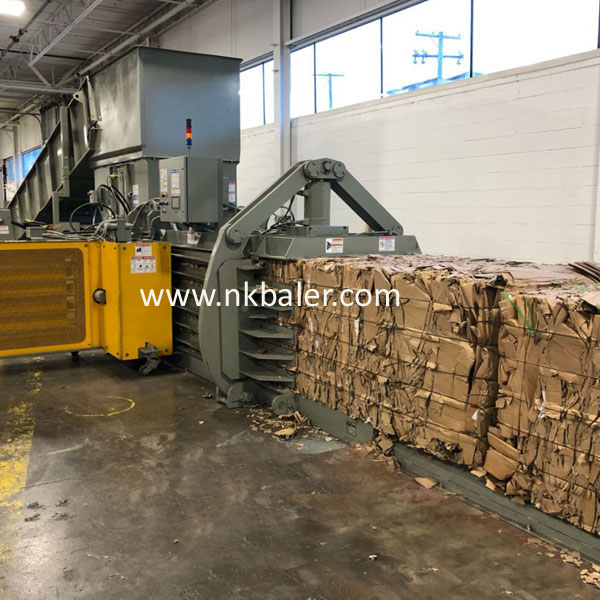The hydraulic device of automatic waste paper baler is a crucial part of the machine, which is responsible for providing the force required to compress loose materials such as waste paper. In the design and operation of automatic waste paper balers, the performance of the hydraulic device directly affects the baling efficiency and quality.
This hydraulic device usually consists of the following core components:
1. Hydraulic pump: It is the power source of the system and is responsible for transporting hydraulic oil from the tank to the entire system and establishing the necessary pressure.
2. Control valve block: including pressure control valve, directional control valve, flow control valve, etc. These valves are used to accurately control the flow direction, flow rate and pressure of hydraulic oil to achieve precise control of the pressure plate action.
3. Hydraulic cylinder: actuator, which converts the pressure of hydraulic oil into linear motion or force to push the pressure plate to move up and down to perform compression work.
4. Pipes and joints: Connect various hydraulic components to ensure smooth and unimpeded flow of hydraulic oil.
5. Oil tank: stores hydraulic oil, and also plays a role in dissipating heat, precipitating impurities, and maintaining system pressure stability.
6. Sensors and instruments: Monitor key parameters such as system pressure and oil temperature to provide real-time feedback to operators to ensure safe and stable operation of the equipment.
7. Safety valve: as a protective measure to prevent damage caused by excessive system pressure.

The design of the hydraulic device of the automatic waste paper baler should take into account the reliability, efficiency and ease of maintenance of the system. A good hydraulic system can ensure that the baler can continuously and stably compress and bundle paper bags of specified sizes when processing large amounts of waste paper for subsequent transportation and recycling.
Post time: Mar-15-2024